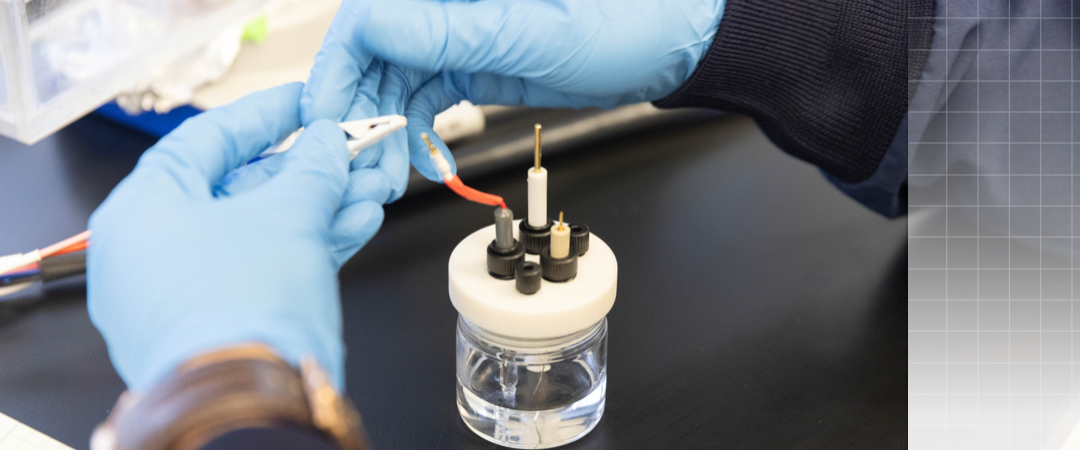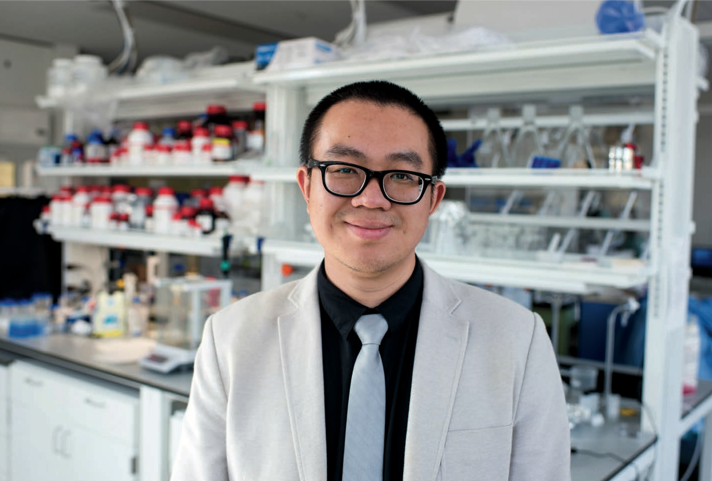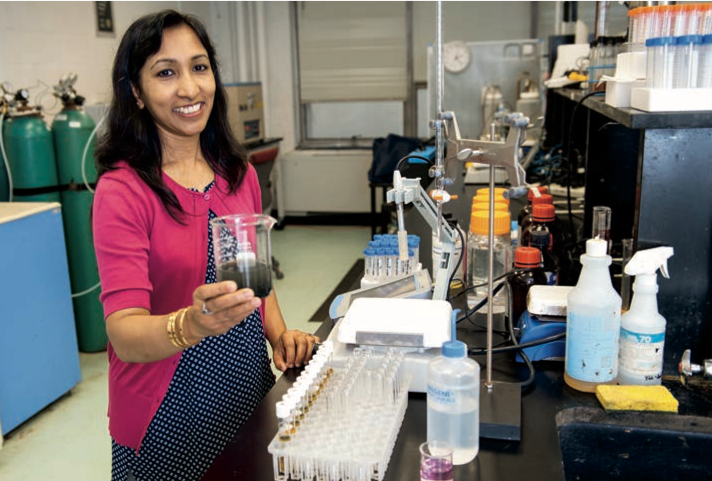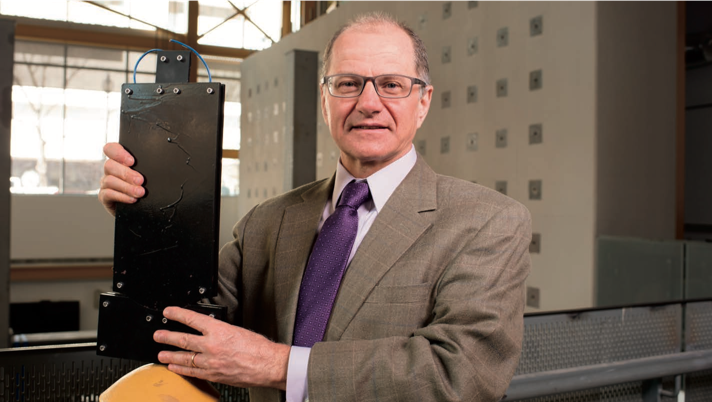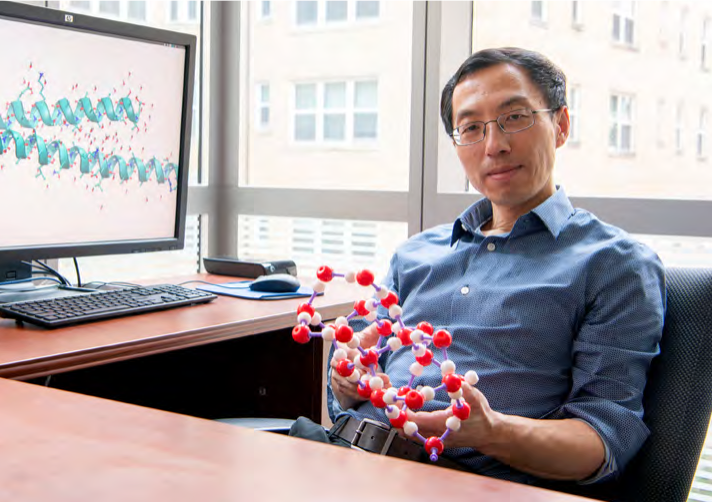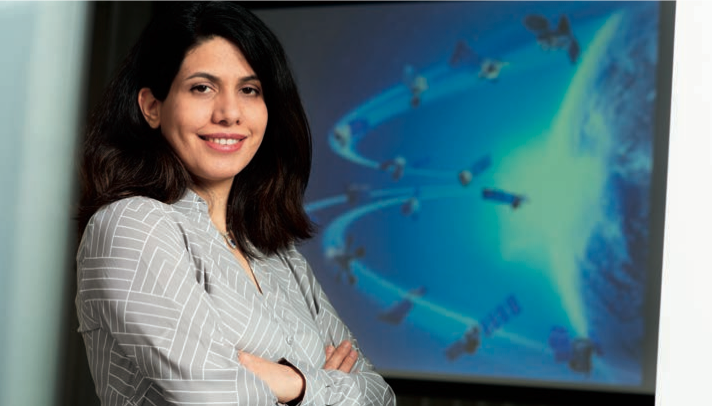Research Highlights
Research Highlights
Those of us who commute to work via I-495, I-66, or any of America’s other congested highways know the frustration of sitting—just sitting—for minutes at a time. Imagine if we were able to commute on accident-free, congestion-free highways. Although this still is a dream, it’s not as far off as some may think, thanks to the work of researchers like Dr. Samer Hamdar, whose research team is working on several transportation engineering projects with the goals of increasing driver safety and decreasing congestion. Read about Professor Hamdar’s research.
Emerging contaminants, such as pharmaceuticals and personal care products, are among a new class of contaminants of drinking water, and the potential risks they pose to human health are not yet fully understood. Conventional water treatment methods are not effective in removing them from the water supply, so environmental engineers like Dr. Danmeng Shuai are hard at work seeking new methods to treat water and mitigate the risks of emerging contaminants. Read about Professor Shuai’s research.
As rising energy costs drive up the cost of wastewater treatment, treatment plants are reaching out to researchers in the field to help find new ways to lower the energy use associated with wastewater treatment, and to re-use the by-products of the treated water. One of the people they are consulting is Dr. Rumana Riffat. Read about Professor Riffat’s research.
Dr. Pedro Silva has developed a hypothesis about a novel shear wall design that he believes will mitigate damage to buildings from earthquakes, thereby decreasing the number of buildings that have to be closed following an earthquake. He and his students have begun testing his design in the Science and Engineering Hall’s high bay. Read about Professor Silva’s research.
Dr. Tianshu Li’s ultimate research goal can be stated quite simply: to understand materials and develop better materials. The research itself, however, is anything but simple. Dr. Li uses computational modeling to try to understand the behaviors of materials, and his current research explores primarily two interest areas: anti-icing materials and sensing materials for infrared imaging. Read about Professor Li’s research.
Like many of us, Dr. Leila Farhadi enjoys a challenge. In fact, through her current research, she’s trying to contribute to an understanding of one of the grand challenges of the hydrology field: constructing models that can accurately quantify and map components of the Earth’s water/hydrological cycle and predict the hydrological impacts of climate change. Read about Professor Farhadi’s research.


